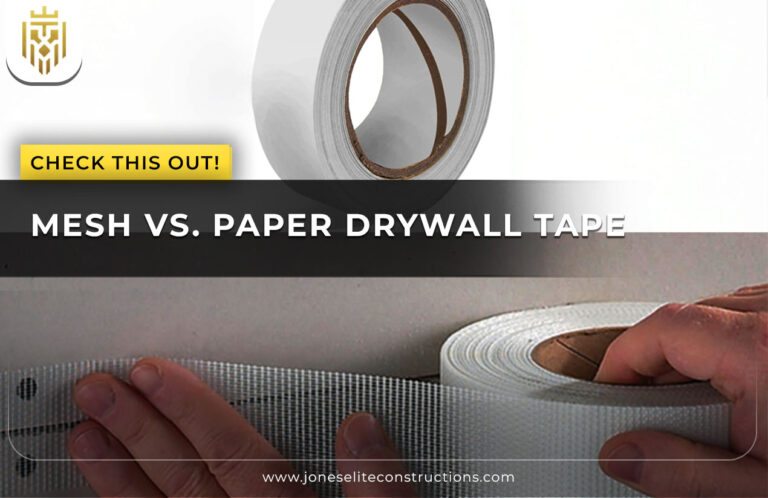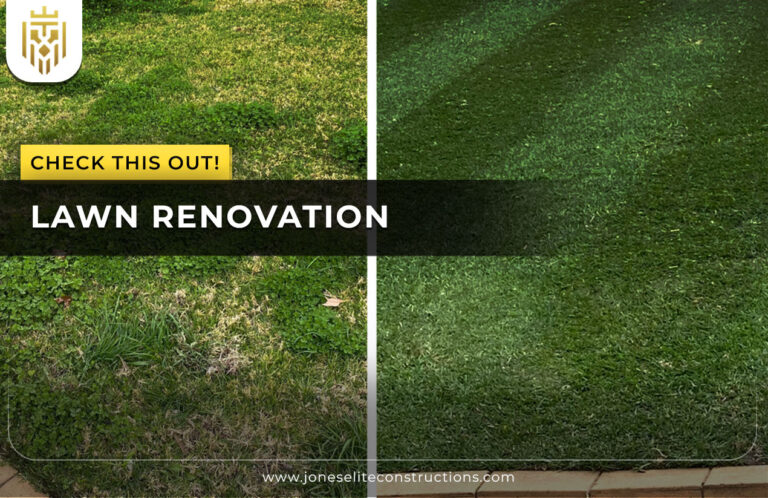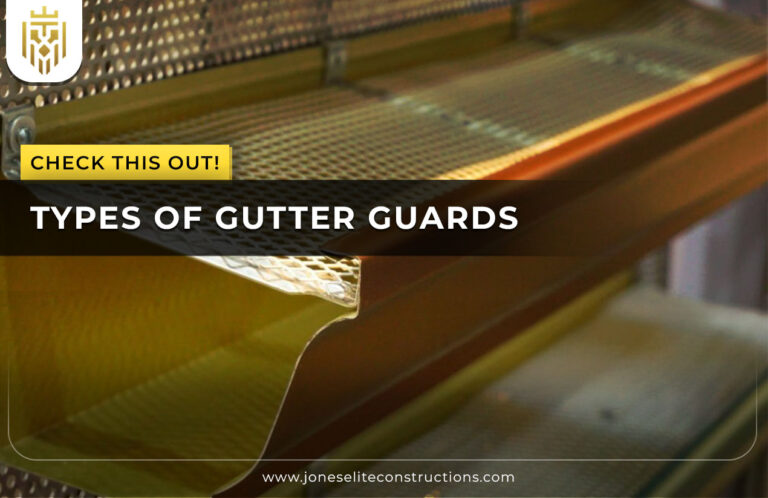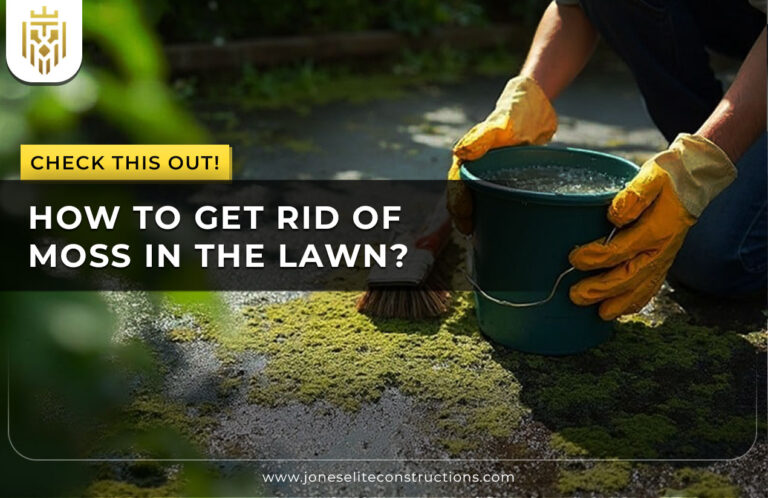How to Fix a Leaky Shower Faucet?
A shower faucet may leak, and the rest of the water may go to waste, and utility bills are likely to rise. It is beneficial to learn how to repair a leaky faucet in the shower to conserve resources and prevent water damage. Use the steps below to fix it effectively.
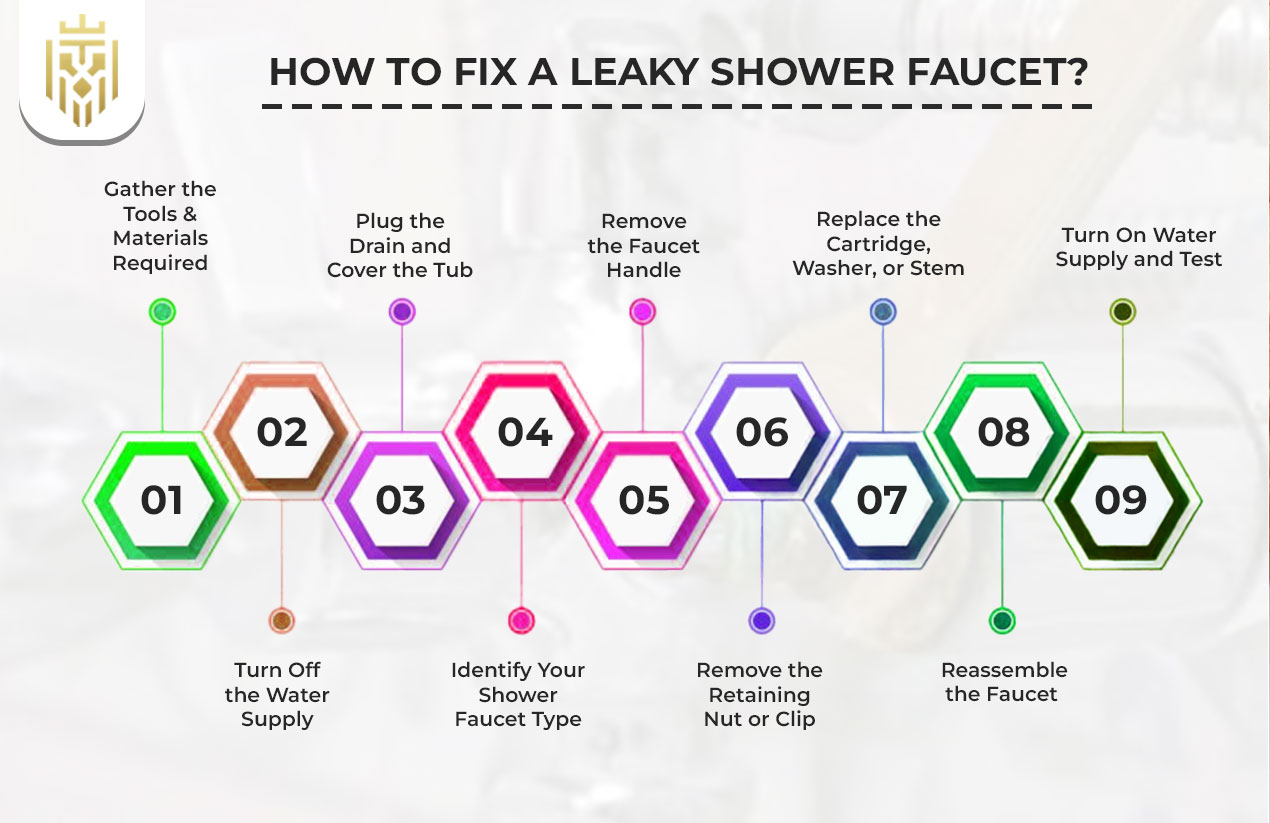
Gather the Tools & Materials Required
Arrange tools and necessities such as an adjustable wrench, screwdriver, replacement parts, and plumber’s tape before starting your faucet repair. The right tools make the difference between a painless experience and a stressful one when it involves a dripping shower faucet or a nagging leak.
Turn Off the Water Supply
Shower and turn off the water valves close to them to prevent flooding. It is a very important part in the repair of a leaking shower faucet, making it safe and reducing the mess you make when taking apart the faucet.
Plug the Drain and Cover the Tub
Block the drain using a drain stopper or a rag so that small screws or parts do not fall in. And wrap the surface of the tub material when repairing a leaking shower or replacing internal parts.
Identify Your Shower Faucet Type
Identifying the type of faucet can aid in identifying the repair. Single-handle, compression, and ceramic disc have their own peculiar repair procedures. Proper model selection averts the unnecessary purchase of parts and guarantees long-term solutions.
Single-Handle Cartridge Faucet
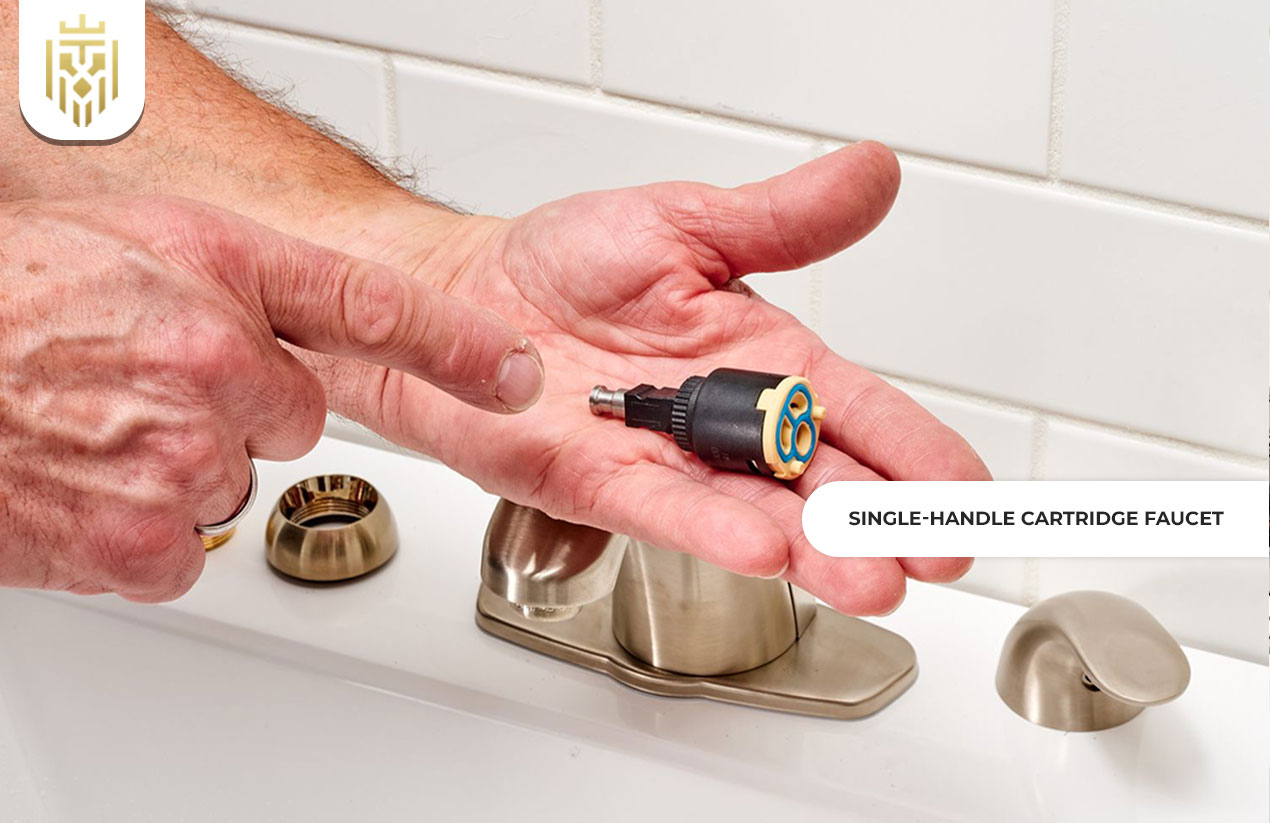
In case you are thinking about how to fix a leaky single-handed shower faucet, then take a look inside the cartridge first. They are standard household use in most homes nowadays, and with use, they lead to a leaky shower or weak water flow.
Double-Handle Compression Faucet

This faucet has rubber washers that regulate water flow. When they wear out, you will get a dripping shower on either end. The problem is usually addressed by replacing the washer and restoring its expected functionality.
Ceramic Disk Faucet
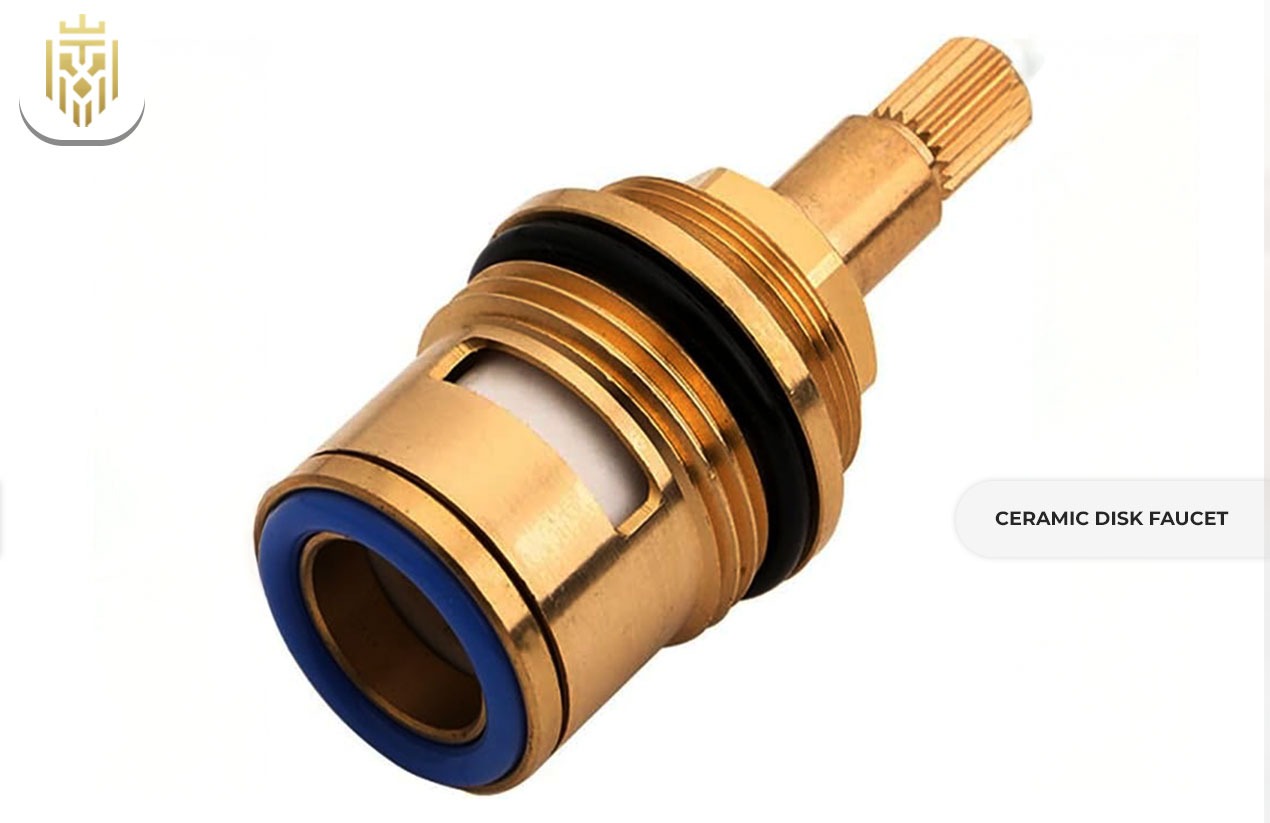
A ceramic disk faucet has long-lasting discs, yet may still experience a dripping shower faucet because of damaged seals. Look at cracks or accumulation that could disrupt the watertight seal, particularly in hard water regions.
Loosen and unscrew the handle of the shower knob using a screwdriver. This discloses the cartridge or stem. Note that when making this adjustment, you should avoid stripping screws, which is more likely to occur with shower faucets that are old or rusted.
Remove the Retaining Nut or Clip
Having removed the handle, find and turn off the retaining nut or clip holding the cartridge. This is an indispensable step when you are learning how to fix your dripping shower faucet or just doing a general check-up.
Replace the Cartridge, Washer, or Stem
Study the inner side and change the worn-out part, such as a washer or cartridge. This process is essential in solving a dripping shower faucet or a leaking shower faucet because, in most cases, the cause is an inner degradation.
Reassemble the Faucet
Then reassemble all parts in reverse order with great care. Tighten all screws and bolts, but do not overtighten. This serves to avoid future shower faucet leakage problems and to allow easy maneuverability of the handle during daily use.
Turn On Water Supply and Test
Use the running water to turn on and check for leakage. When the water stops dripping, then you have successfully sorted out how to repair a leaky faucet in a shower. After repair, always check the hot and cold to make sure there is proper water flow.
Common Causes of a Leaky Shower Faucet

Knowing what causes the shower tap to leak aids in making the correct fix. Whether problems are caused by the long wear of the parts, mineral deposits, or both, detecting the issue early will help avoid excessive water-related destruction and enhance the life of the faucet.
Worn-Out Cartridge
The most common cause of a leaking shower faucet is a worn cartridge. Constant pressure and use of cartridges result in degradation and breakdown of cartridges, esp. in single-handle faucets. Persistent leaks normally can be fixed by replacement.
Damaged Washer or Seat
Valve seats or rubber washers tend to wear out, particularly with older faucets. This may cause a leaky shower, and water may not flow evenly. Replacing may also slow down the wear and tear of the faucets due to regular inspection and replacement before it is too late.
Mineral Buildup
Hard water leads to the deposition of minerals around seals and valves. This may prevent good sealing and lead to a leaking shower faucet. Periodically, use either vinegar or a descaling agent to avoid such buildup.
Loose or Cracked Parts
A leaky shower may be caused by loose nuts, cracked handles, or worn-out screws. These parts can be checked and tightened, occasionally eliminating the source of the leak without having to replace large components. Be careful not to tighten too much, and be ready to break delicate things.
FAQs
1) How to Fix a Leaky Shower Faucet?
To repair a leaky shower faucet, turn off the water, take out the handle, take off the cartridge or washer, put on the new one, and put everything together. This easy fix prevents drippy faucet wastage and returns it to the correct flow.
2) What are the common causes of a leaky shower faucet?
Typical reasons are tired cartridges, worn washers, mineral scale, and loose components. Leaking Shower Faucet: This may reflect a product of time on internal parts or a hard-water deposit on the seal.
3) How to fix a leaky single-handle shower faucet?
Repair a single-handle leaking shower faucet by turning off the water, unscrewing the handle, and replacing the cartridge. This is the best solution to the vast majority of leaking shower problems in contemporary houses.
4) When should I call a plumber to fix a leaky shower faucet?
When the shower faucet is leaking after the repair work, or pipes are corroded, or you do not know how to properly repair a leaky shower faucet, call a plumber.

